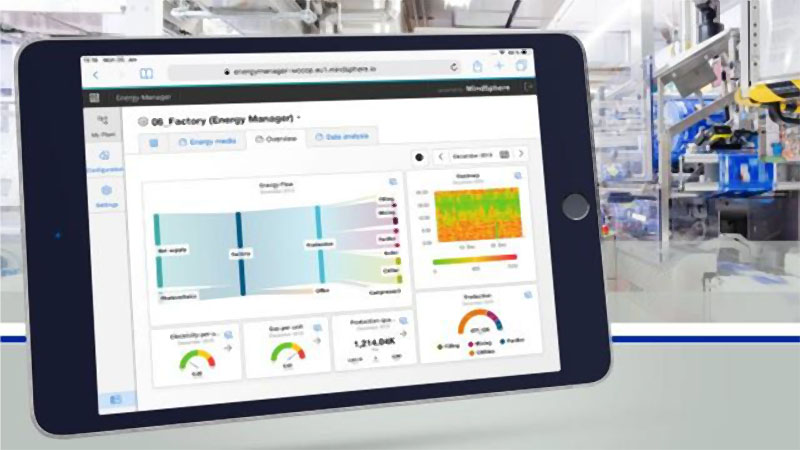The manufacturing industry in Indonesia is the biggest energy user compared to other sectors, such as transport, household, and commercialsectors. This sector’s energy consumption (including fuel) is almost half of the nation’s total energy needs.
The total population for the medium and large manufacturing industries is estimated at more than 25,000, which is divided into 23 classifications based on International Standard Industry Classification 1990 (ISIC 1990). The industry group with the largest populations includes food and beverage industry, textile industry, garment industry, and furniture. The population of these four industry sectors together has accounted for more than 50 percent of the entire industry population.
Energy Intensity
Of the 23 industry sector classification, six industrial sectors consume about 80 percent of the total industrial energy needs, while the rest (17 sectors) consume only about 20 percent of the total energy. Those sectors are food, textile, pulp & paper, chemical, non-metal minerals, and base metals. Interestingly, the contribution of the six sectors mentioned above – as well as the largest energy users – to the gross domestic product (GDP) is very significant, reaching approximately 50 percent of the total value added of the manufacturing industry.
In addition to the high level of energy consumption, their energy intensity also reaches almost twice of the 17 other sectors. These indicators show the low level of energy efficiency in those six industrial sectors, which gives a vast room for energy efficiency improvements which can reduce total energy consumption. Consequently, it could lead to a bigger contribution to the manufacturing industry added value.
Energy efficiency can be measured with three different approaches, which are thermodynamical units (Joules, BTU), physical units (kg), or in monetary units which are also known as energy intensity. Indicators of energy efficiency in the thermodynamic and physical units become less effective if used on macro-scale applications compared with units of energy intensity (barrel / USD). These parameters are used by some developed countries to monitor energy use in various industry sectors. Moreover, those three indicators could also be utilized to compare the efficiency of energy use between regions or countries.
Analysis of energy intensity in the six manufacturing sectors can explain the huge influence of the factors that shape energy intensity and energy consumption. The determining factors include factors that are closely related and less related to energy efficiency, or commonly referred to as structural factors.
The results of the analysis with those approach shows changes in energy consumption are heavily influenced by factors related to energy efficiency, especially for the most of subsectors in the energy-intensive industry sectors such as the food preservation industry, knitting, paper, cement, chemicals upstream, and steel.
Conclusion
Reducing the total energy consumption in the manufacturing sector should be one of the top priorities rather than keep focusing on regulating the supply side. Few energy demand reductions in the manufacturing sector will have a great impact on large overall savings as well as an increase in the value-added contribution of this sector.
Increasing the value-added generated in turn will provide an additional budget to the government. The additional budget would be used to improve and guarantee access to energy for the whole society.
The energy access may include the availability of cheap infrastructure for the distribution of energy to the lowest layer in the community who have a low level of purchasing power. Finally, it will be finally able to suppress the price of energy for the people who really need the energy security of this country




